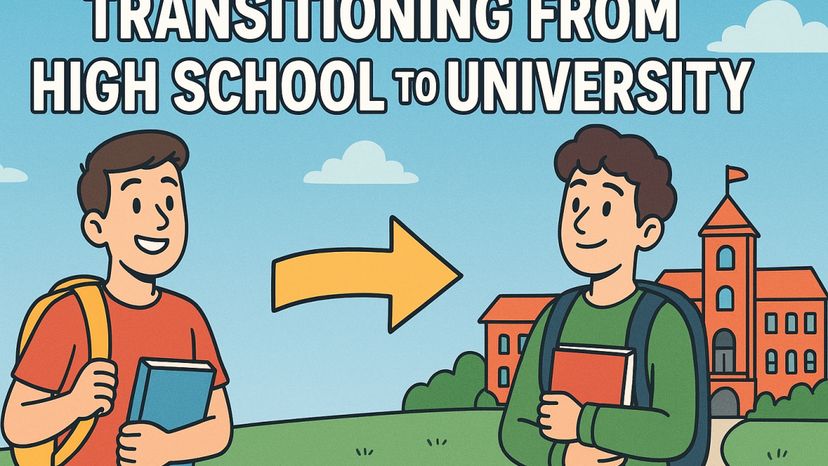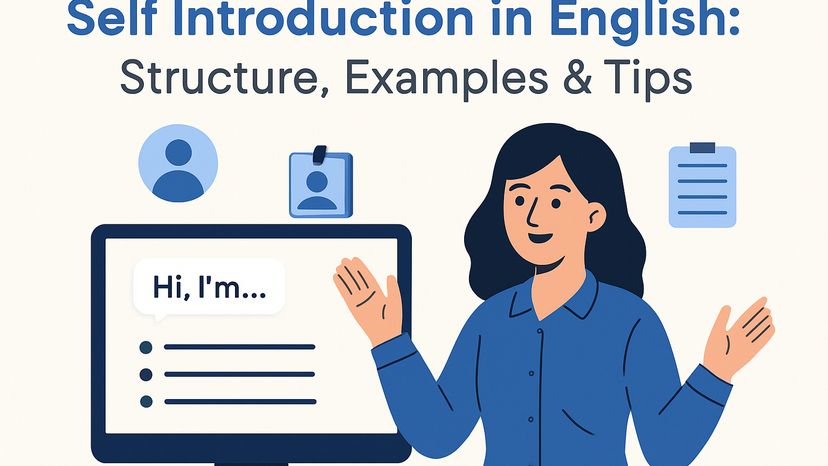India’s Unemployment Crisis: Key Causes and Insights
Unemployment continues to be a difficult socio-economic issue in India, and it prevents individuals from realising their dreams and progress by wasting human resources. Issues of underemployment in rural areas, to jobless growth in urban environments illustrate the magnitude of this problem. Unfortunately, each year millions of youth enter the job market, unable to find constructive jobs causing frustration, inequality and social conflict. Unemployment is ultimately more than just the absence of jobs and can be viewed in terms of poor quality jobs, low remuneration and insecure jobs (particularly in the informal sector). This blog will provide a full analysis of the causes of unemployment and meaningful and inclusive job growth in India, examining the drivers of unemployment such as population growth, education, and the changing technological realities of work. We will identify the fundamental challenges and provide suggestions for empowering youth and achieving meaningful and inclusive employment growth.
Expanding the Scope: A Deeper Look into the Major Causes
Demographic Pressures and the Youth Bulge
India is witnessing a demographic shift with over 65% of its population under the age of 35. This population youth bulge can be viewed as a unique opportunity, however, great stress is added to the labor market. Over 12 million individuals enter the labor force each year and there are insufficient quality jobs to meet the demand. The imbalance of quality jobs relative to demand enhances the challenge of unemployment in India and emphasizes the need for employment policies that are meaningful and scalable.
Education System and Employability Crisis
Although literacy rates have significantly increased, the education system has a difficult time providing students with market-relevant skills. Rote-learning, limited practical exposure and an out-of-touch academic curriculum with industry needs are leading contributors to unemployment in India. According to multiple employment surveys, a vast number of graduates remain unemployed, raising questions like: why is educated unemployed a peculiar problem of India?
Agricultural Dependence and Underemployment
Agriculture continues to employ over 40% of India's workforce, yet contributes less than 20% to the GDP. This indicates massive underemployment where multiple people share jobs that require fewer hands, a phenomenon known as disguised unemployment. The seasonal nature of agriculture further compounds this issue, making it one of the primary causes of unemployment in India.
Urbanization Without Industrialization
The growth of urbanization in India has not been matched by an equivalent number of new manufacturing and industrial jobs. Though migrants arrive in cities from rural areas hopeful of improved life chances, they are largely working in the informal sector, which offers: no stability, no formal social security, or growth. Without sizable industrial clusters and manufacturing zones, the potential for employment growth is limited.
Technological Displacement
Digital transformation and automation make many conventional professions redundant. Although emerging sectors, such as IT and e-commerce, are developing, they are simply not rigorous enough with respect to the number of job seekers available. The expanding utilization of artificial intelligence, robotics, and machine learning continues to lessen the demand for manual labor, and, in fact, it lowers the demand for repetitive labour.
Informal Economy and Job Insecurity
A considerable proportion of employment in India is informal and characterized by low wages with no contracts and no job security. This precarious employment condition may not be included in official unemployment figures but still adds to economic vulnerability. As such, information about unemployment in India needs to be considered not just in terms of joblessness, but also in terms of underemployment and job quality.
Gender Differences
There has been significant progress in education for women, yet women's labor force participation is still worryingly low. Social norms, safety issues, wages and gaps in jobs with flexibility are some of the reasons that greater numbers of women experience barriers to employment and higher unemployment. Training women and creating diverse workplaces are important steps in closing the gap.
Governance and Policy Failures
Erratic and response focused employment policies on limited issues have ignored the fundamentals of the unemployment situation. Employment programs are compromised by red tape, corruption and ineffective implementation. In addition, there is a chasm between the development of policy and implementation of policy at the ground level.
Environmental and Climate Stressors
The effects of climate change on traditional livelihoods, notably agriculture and fisheries, are beginning to appear as a contributing factor to unemployment. Floods, droughts, and shifts in seasonal weather patterns result in loss of available seasonal jobs and displacement of workers.
Health and Social Infrastructure
Poor health and social infrastructure reduces an individual’s productivity and employability. Poor health, such as malnutrition, barriers to healthcare, and a lack of childcare facilities, can discourage individuals from fully participating in the labour force.
Real-World Illustrations
Take, for example, a postgraduate engineer in Uttar Pradesh who has been unemployed for two years due to no total experience in an industry and missed networking opportunities, or a farmer from Maharashtra who migrates to urban slums when seasons don't permit harvesting for them only to be stuck doing one-off temporary daily wage work. This is not an isolated case study but an example among millions.
What causes unemployment and how can it be tackled?
There are many things India can do in a multisided and 'cohesive' manner to address unemployment and get people and families back to work.
- Education Reforms: Make academia relevant to industry; introduce vocational education and recognition; provide career counselling and more.
- Support for Entrepreneurship: Improve the access to microcredit, mentoring and supportive regulation for entrepreneurs and MSMEs.
- Infrastructure: Make rural and spatially-infrastructure (i.e. road and smart city, logistics or mobility) improvements.
- Ease of doing Business: Improving labour regulations and business regulations to create investment.
- Make Social Security Stronger: Setting minimum wages, healthcare and pensions for informal workers.
- Encourage sector development: Development of labour-intensive sectors including textile, construction, and tourism.
Frequently Asked Questions (FAQ)
Q1. What causes unemployment in India?
Overpopulation, a mismatch of skills, slow economic growth, a predominantly seasonal workforce, and failure of governance.
Q2. Why is educated unemployment such a unique issue in India?
As many graduates are industry/non-industry, and practical less, they essentially graduate without relevant learning; therefore their qualification is redundant for employment.
Q3. What causes unemployment globally?
Technological changes, economic cycles, labour market mismatches are significant global causes.
Q4. Which types of unemployment exist in India?
Structural, seasonal, disguised , cyclical and frictional unemployment are visible in India.
Q5. What can be done to resolve unemployment in India?
Educational improvements , skills development, efficiency of policies and better work place/industrialization.
Are you ready to book your career counselling session with Infigon Futures and start your process towards your professional goals?











